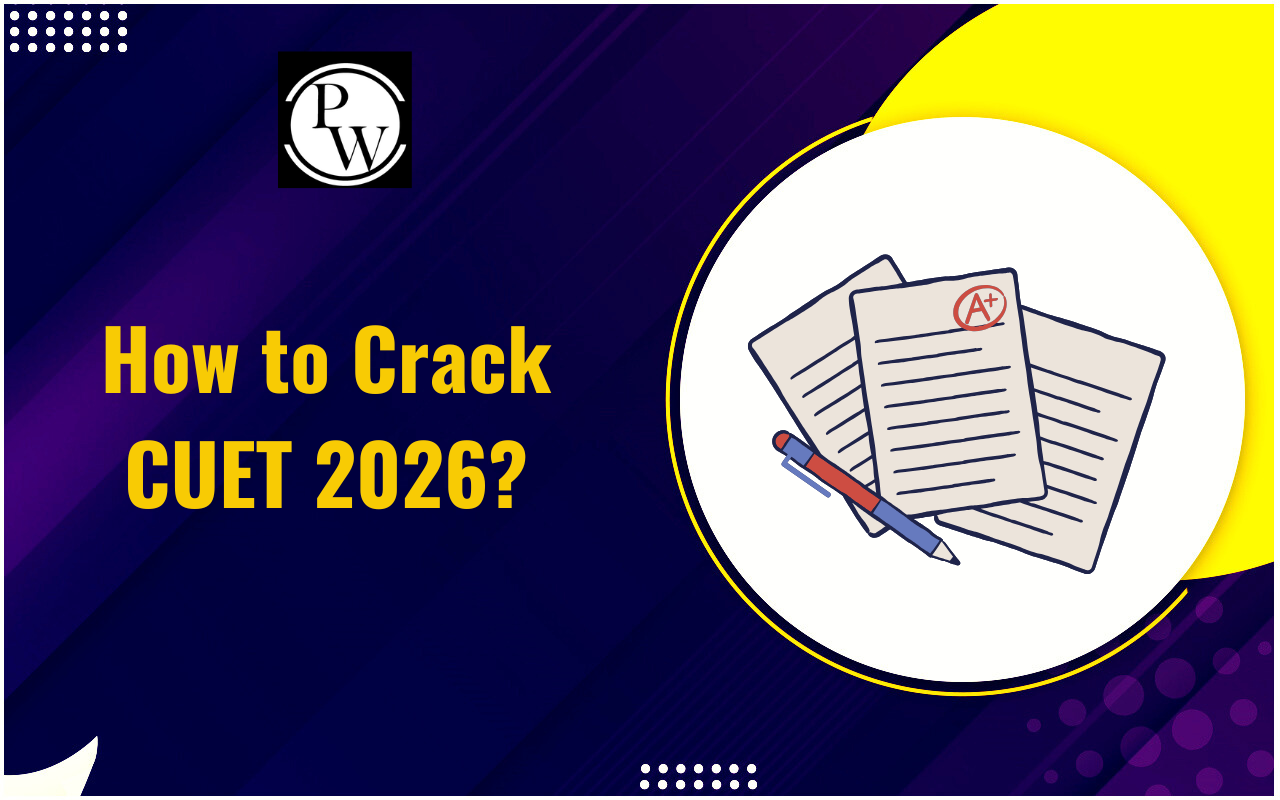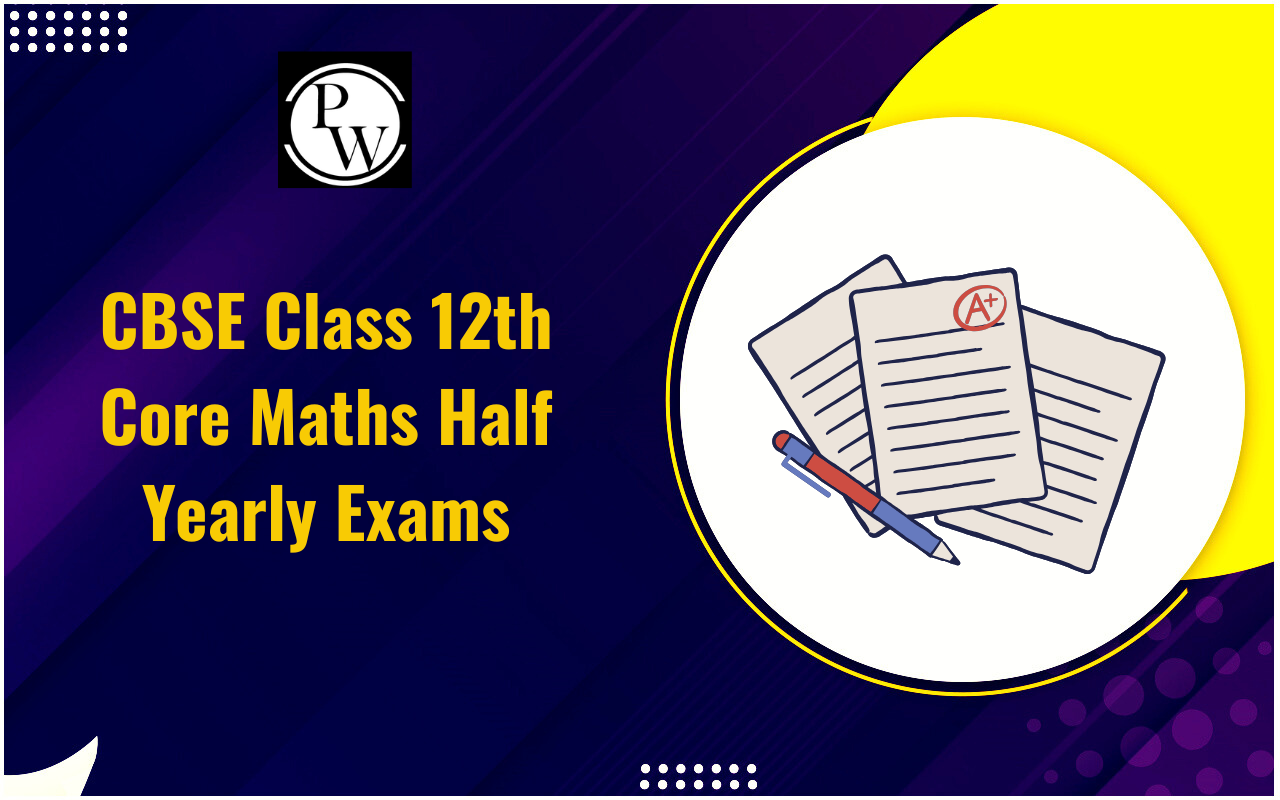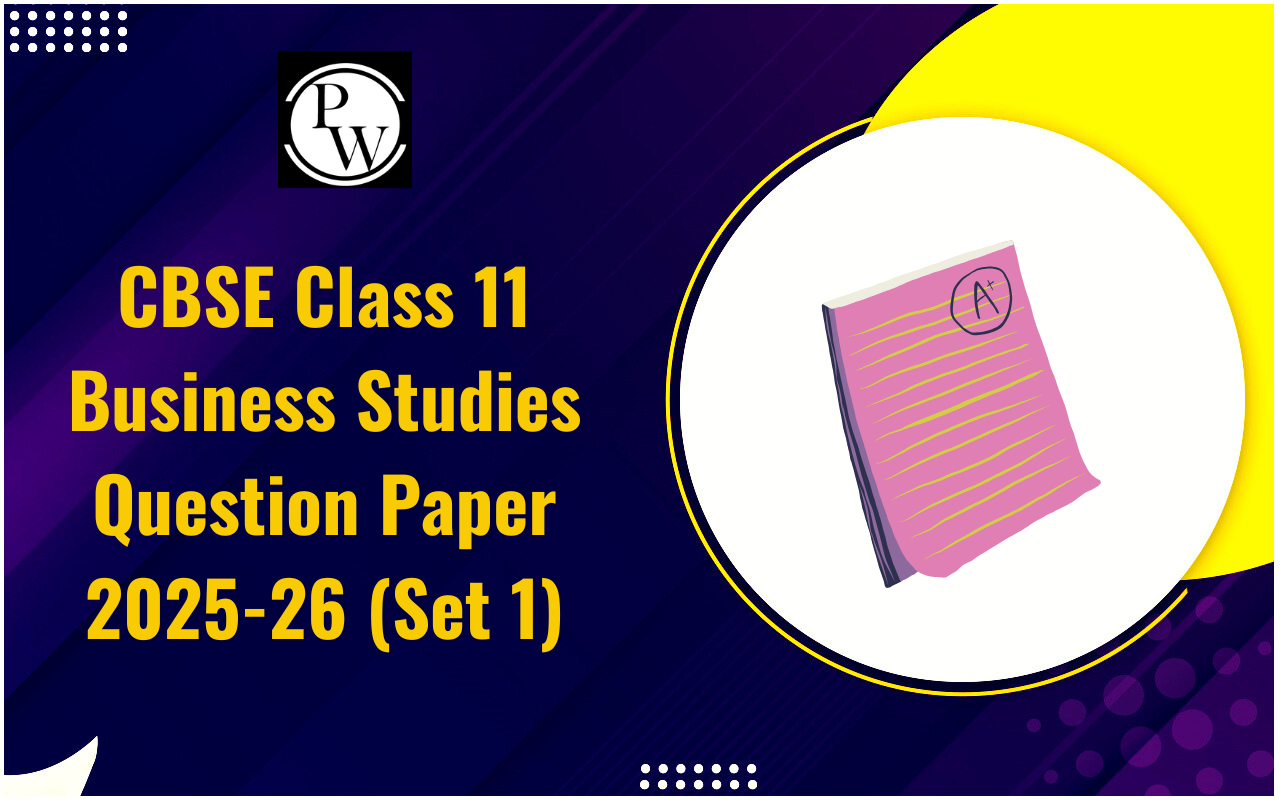

Consignment: In a consignment business arrangement, one party (the consignor) entrusts goods to another party (the consignee) for sale or distribution. Unlike traditional sales models, where ownership transfers upon purchase, consignment allows the consignor to retain ownership of the goods until they are sold.
This arrangement is common in various industries, including retail, art, and fashion, offering benefits such as reduced financial risk for consignors and expanded market access for consignees. Consignment facilitates collaboration between parties, enabling sellers to reach new customers without the upfront inventory costs while providing retailers with diverse products to attract clientele.What is Consignments?
Consignment refer to goods or merchandise sent by one party (the consignor) to another (the consignee), typically for sale or distribution. However, ownership of the goods remains with the consignor until they are sold or otherwise disposed of by the consignee. Consignments are often used in retail and distribution settings, where manufacturers or wholesalers send their products to retailers or distributors to be sold on their behalf.Consignment Key Points
consignment involves knowing how goods are managed and sold on behalf of someone else. Here are some pointers that need to be understood while learning about consignment.- Ownership and Responsibility : The roles and responsibilities are clearly defined in the consignment. Goods placed on consignment still belong to the original owner, the consignor. The consignee, who takes possession of the goods, is responsible for selling them but does not own them outright, ensuring a clear and secure process.
- Agreement : The consignment agreement is a crucial aspect of this process. It typically involves a formal agreement between the consignor and consignee outlining details such as how long the goods will be on consignment, pricing strategy, and profit sharing. This agreement ensures that all parties are prepared and knowledgeable about the process.
- Risk and Reward : While the consignor retains ownership, the consignee usually bears the risk of loss, damage, or theft of the goods while in their care. However, any profit from selling the goods is typically shared between the consignor and consignee based on their agreement.
- Accounting Treatment : From an accounting perspective, consigned goods remain in the consignor's inventory until sold. The consignee may record them as goods held for sale rather than inventory, reflecting that they do not own them.
- Market Dynamics : Consignment is commonly used in retail and art industries, where artists, designers, or manufacturers consign their products to galleries, boutiques, or retailers. It also extends to other industries, such as fashion, antiques, and agriculture, demonstrating its wide applicability.
| Also Read | |
| Business Cycles | Channels of Distribution |
| International Trade | Modes of Entering International Business |
Advantages of Consignment
Consignment is a business arrangement where goods are placed with a seller, known as the consignee, who sells them on behalf of the owner, the consignor. This arrangement offers several advantages:- Low Risk for Consignors : Consignors can expand their market reach without the financial risk of upfront costs associated with selling goods outright. They retain ownership of the goods until they are sold, reducing financial exposure.
- Access to New Markets : Consignment allows consignors to access new customer bases and geographic markets through the consignee's established sales channels. This can increase brand visibility and attract new customers.
- Increased Sales Opportunities : Consignors can increase sales opportunities by leveraging the consignee's expertise in marketing and selling goods. Consignees often have a dedicated customer base and promotional strategies that can boost sales.
- Flexible Inventory Management : Consignors can manage inventory flexibly by placing goods on consignment rather than selling them outright. This is particularly beneficial for seasonal or speciality items with fluctuating demand.
- Cost-effective Market Entry : For new or small businesses, consignment provides a cost-effective way to enter retail markets without the overhead costs of establishing a retail presence or investing in inventory.
Disadvantages of Consignment
Consignment sales present several challenges for sellers that stem from the nature of the agreement between the seller and the retailer:- Financial Risk and Ownership : Sellers bear the cost of producing goods and face the risk of investing in products that may not sell. If items remain unsold, sellers retain ownership and may need to store them or consider markdowns to facilitate sales.
- Lack of Payment Guarantee : Sellers may not receive payment if products do not sell. This risk underscores the importance of strategic pricing and effective marketing to enhance sales potential.
- Motivation and Agreement : Consignment agreements can sometimes lead to reduced retailer motivation to sell products not owned outright. A clear and mutually beneficial agreement is crucial to mitigating this risk and ensuring effective sales management.
- Control Over Inventory : Sellers typically have limited control over product placement and display in the retailer’s store. This can affect visibility and sales performance, as retailers may prioritise their inventory over consigned goods.
- Commission Fees : Retailers often charge commission fees on consignment sales, reducing the seller's earnings. This financial consideration must be weighed against the potential benefits of increased market reach.
- Logistical Challenges : Sellers manage unsold inventory involving logistics and storage costs. This logistical burden increases if products need to be retrieved from multiple store locations.
What Types of Businesses Use Consignment Sales?
Consignment sales involve a business arrangement where a consignee sells goods on behalf of a consignor and earns a percentage of the sales or a flat fee. The consignee handles tasks like storage and inventory management for selling the goods. The consignor retains ownership risks and benefits, while the consignee does not pay for the goods until they are sold. This model is widely used in retail, particularly for businesses focusing on specific types of products such as:- Unique or niche products
- Fashionable clothing and shoes
- Antique items
- Handicrafts
- Perishable goods
- Second-hand items
Consignments Example
Consignment stores offer a platform for selling items like used prom dresses, with sellers typically receiving a 20% revenue fee. Other goods commonly found in consignment stores include antiques, collectables, magazines, newspapers, vintage items, children's toys, handmade products, furniture, books, clothing, musical instruments, jewellery, shoes, seasonal items, and sports equipment. Thrift shops and second-hand stores are common examples of consignment businesses that interact directly with consumers. More and more, traditional retailers are integrating consignment to enhance their core business through resale channels. An illustration of this trend is clothing retailer Zara, which operates a consignment website dedicated to preowned and vintage items. Online consignment shops such as The RealReal and Rebag specialise in high-end items from consignors, such as designer clothing, jewellery, watches, and home decor. These online platforms manage all aspects of consignment, from pricing to listing and selling items. Once an item is sold, consignors receive a portion of the selling price.Begin your journey towards academic excellence in Commerce with our comprehensive Commerce courses . Master the CBSE syllabus with expert guidance and ace your exams. Enroll now!”
What is Consignments FAQs
What is consignment?
Consignment refers to a trade arrangement where one party, known as the consignee, sells goods on behalf of another party, the consignor. The consignor retains ownership of the goods until they are sold.
What is the consignment process?
The consignment process involves the consignor delivering goods to the consignee, who then sells them to customers. The consignor retains ownership until the goods are sold, at this point, the consignee typically pays a portion of the sale proceeds to the consignor as agreed.
What is consignment inventory?
Consignment inventory is a supply chain model in which a retailer displays and sells products owned by a supplier. The supplier retains ownership until the products are sold to customers. The retailer does not purchase the inventory upfront, allowing it to return unsold items to the supplier.
Talk to a counsellorHave doubts? Our support team will be happy to assist you!

Check out these Related Articles
Free Learning Resources
PW Books
Notes (Class 10-12)
PW Study Materials
Notes (Class 6-9)
Ncert Solutions
Govt Exams
Class 6th to 12th Online Courses
Govt Job Exams Courses
UPSC Coaching
Defence Exam Coaching
Gate Exam Coaching
Other Exams
Know about Physics Wallah
Physics Wallah is an Indian edtech platform that provides accessible & comprehensive learning experiences to students from Class 6th to postgraduate level. We also provide extensive NCERT solutions, sample paper, NEET, JEE Mains, BITSAT previous year papers & more such resources to students. Physics Wallah also caters to over 3.5 million registered students and over 78 lakh+ Youtube subscribers with 4.8 rating on its app.
We Stand Out because
We provide students with intensive courses with India’s qualified & experienced faculties & mentors. PW strives to make the learning experience comprehensive and accessible for students of all sections of society. We believe in empowering every single student who couldn't dream of a good career in engineering and medical field earlier.
Our Key Focus Areas
Physics Wallah's main focus is to make the learning experience as economical as possible for all students. With our affordable courses like Lakshya, Udaan and Arjuna and many others, we have been able to provide a platform for lakhs of aspirants. From providing Chemistry, Maths, Physics formula to giving e-books of eminent authors like RD Sharma, RS Aggarwal and Lakhmir Singh, PW focuses on every single student's need for preparation.
What Makes Us Different
Physics Wallah strives to develop a comprehensive pedagogical structure for students, where they get a state-of-the-art learning experience with study material and resources. Apart from catering students preparing for JEE Mains and NEET, PW also provides study material for each state board like Uttar Pradesh, Bihar, and others
Copyright © 2025 Physicswallah Limited All rights reserved.
Get App











